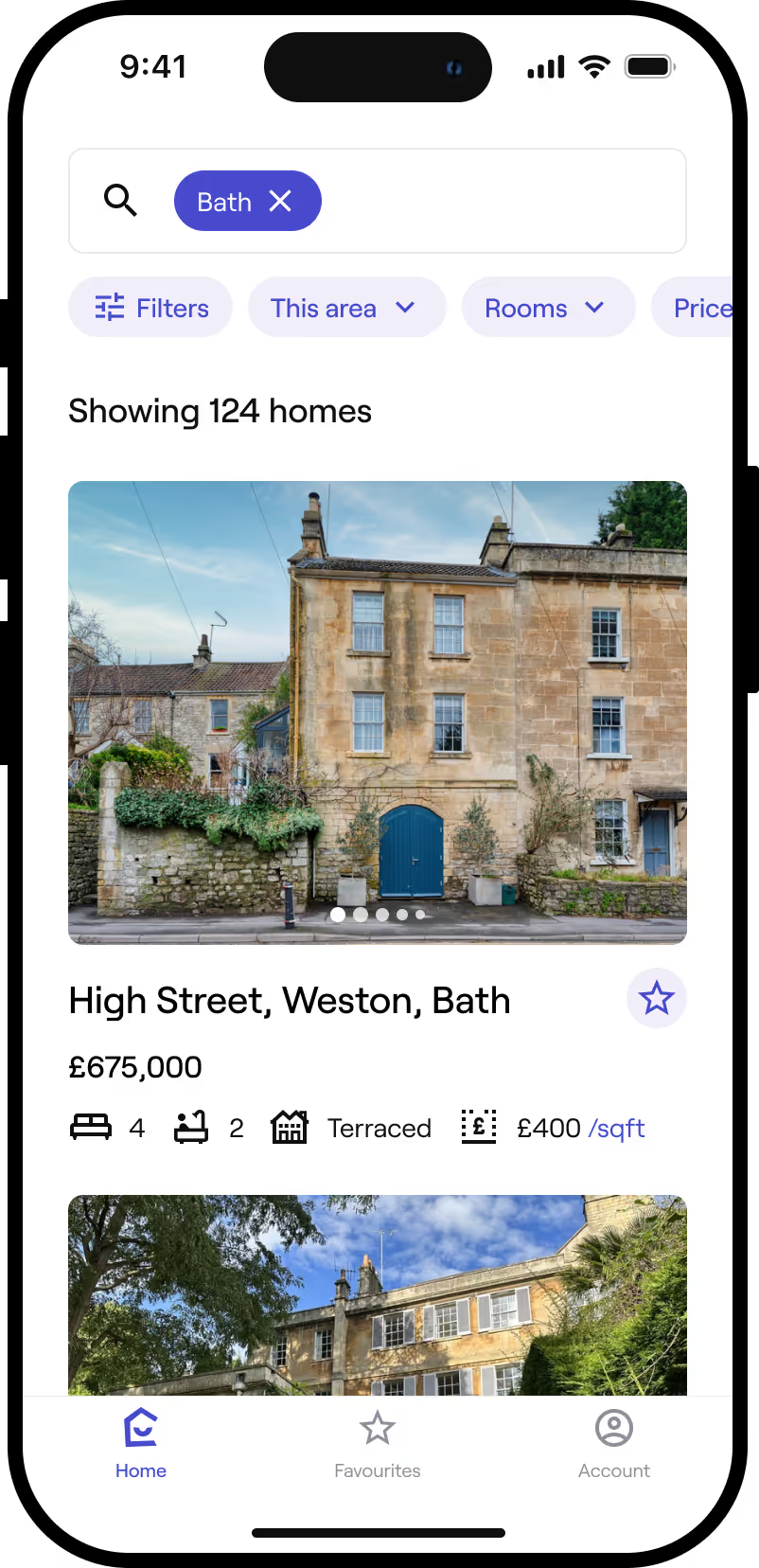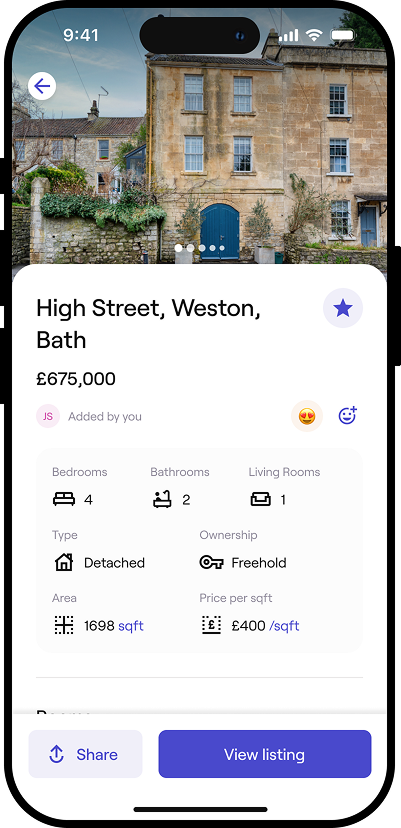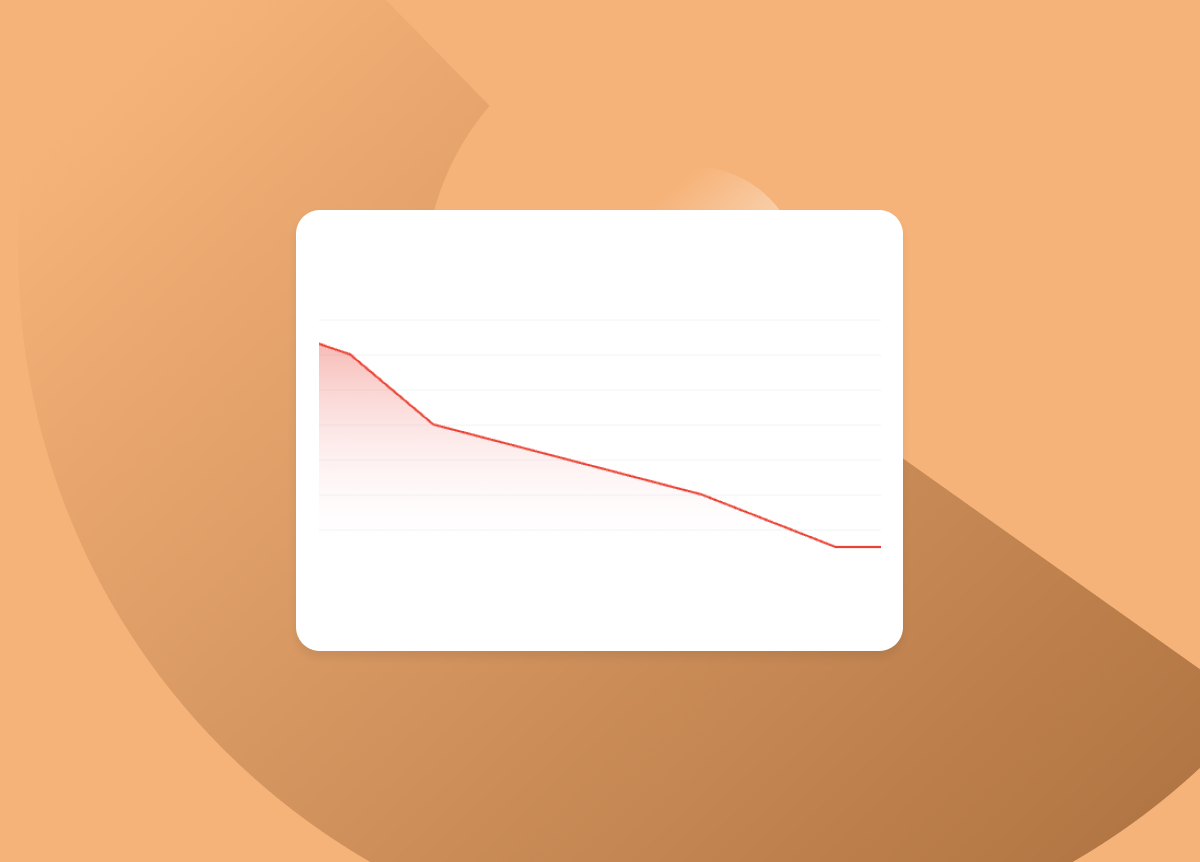Are New Builds Worth It? (Unfortunately, Usually Not)
Liv Jacobson is Jitty's resident real estate expert. She was formerly the Head of Sales at The Modern House, one of the UK’s most respected estate agencies, and has a deep understanding of the property market from every angle. Having personally handled the sale of hundreds of homes across London - from first-time buyer flats to complex, architectural one-offs -Liv knows what really happens behind the scenes, how agents think and what buyers often get wrong (or right).

At first glance, new builds seem like the perfect solution. No chain, lower maintenance, better energy efficiency and everything under warranty. For many first-time buyers, it sounds like the safest way onto the ladder.
In the current UK market, that promise rarely holds up. When I’m advising people I usually tell them to steer clear. Here’s why.
Issue #1: The Price Premium
The problem started with government schemes like Help to Buy. This was a loan designed to help first-time buyers get on the ladder with a small deposit, but it came with a huge catch: it could only be used on new-build properties.
This rule funnelled thousands of government-backed buyers into a very narrow slice of the market, forcing them to compete against each other for the same new-build homes. With a flood of eager buyers at their door, developers could charge a "new-build premium," often selling these properties for significantly more than a comparable older home. More demand, same supply, prices go up.
This has left many early buyers in a trap. If you pay a premium for a new flat and the wider property market then cools or drops, you can easily end up in negative equity - the point where you owe more on your mortgage than your home is now actually worth. This is why many of these flats are now reappearing on the market for less than their original owners paid. It’s not uncommon to see a new-build flat bought for £300,000 a few years ago now valued at £25,000 less in today’s market.
Issue #2: The Quality Gamble
Build standards vary wildly. To protect margins, some developers cut costs, leading to common complaints about thin walls, poor soundproofing, and endless snagging lists. . This isn't just anecdotal - international buyers, often used to higher construction standards, are frequently surprised by how flimsy UK new builds can feel.
This is often in stark contrast to standards in other European countries. In France, for example, all builders are legally required to provide a ten-year structural warranty (garantie décennale). In Germany, new builds are typically engineered to a very high standard of energy efficiency, often using solid masonry and triple-glazed windows based on Passivhaus principles.
This is why international buyers, used to these higher, legally-mandated standards, are frequently surprised by the prevalence of timber frames and "flimsy"-feeling finishes in the UK. These aren't just aesthetic gripes; they affect your resale value and long-term comfort.
Issue #3: The Valuation Risk
Flats in new-build blocks are highly sensitive to what agents call “comps” (comparable sales). Unlike a street of unique period houses, there’s no architectural buffer - just a string of near-identical units pulling each other’s prices up or down.
This means that if one neighbour has an emergency and is forced to accept a low offer in exchange for getting the deal done quickly, they create a new, lower ‘comp’ that can directly impact your own flat’s value overnight.
Say you buy your flat for £600k. Two months later, a neighbour has to move urgently and sells their identical unit for £525k. That new, lower price immediately becomes the most recent, most relevant benchmark for your own property's value. Congratulations, your flat is now worth £525k
______________
Of course, some buyers will still choose a new build for its convenience. And a well-built one can be a great home.
But for most first-time buyers in today's market, the financial risks of a price premium, poor build quality and valuation volatility now outweigh the on-paper benefits.
The marketing might be slick but the long-term value ain’t.
Questions You Might Have
Head down a different street...
Download the Jitty app now
Experience homebuying as it was meant to be.








